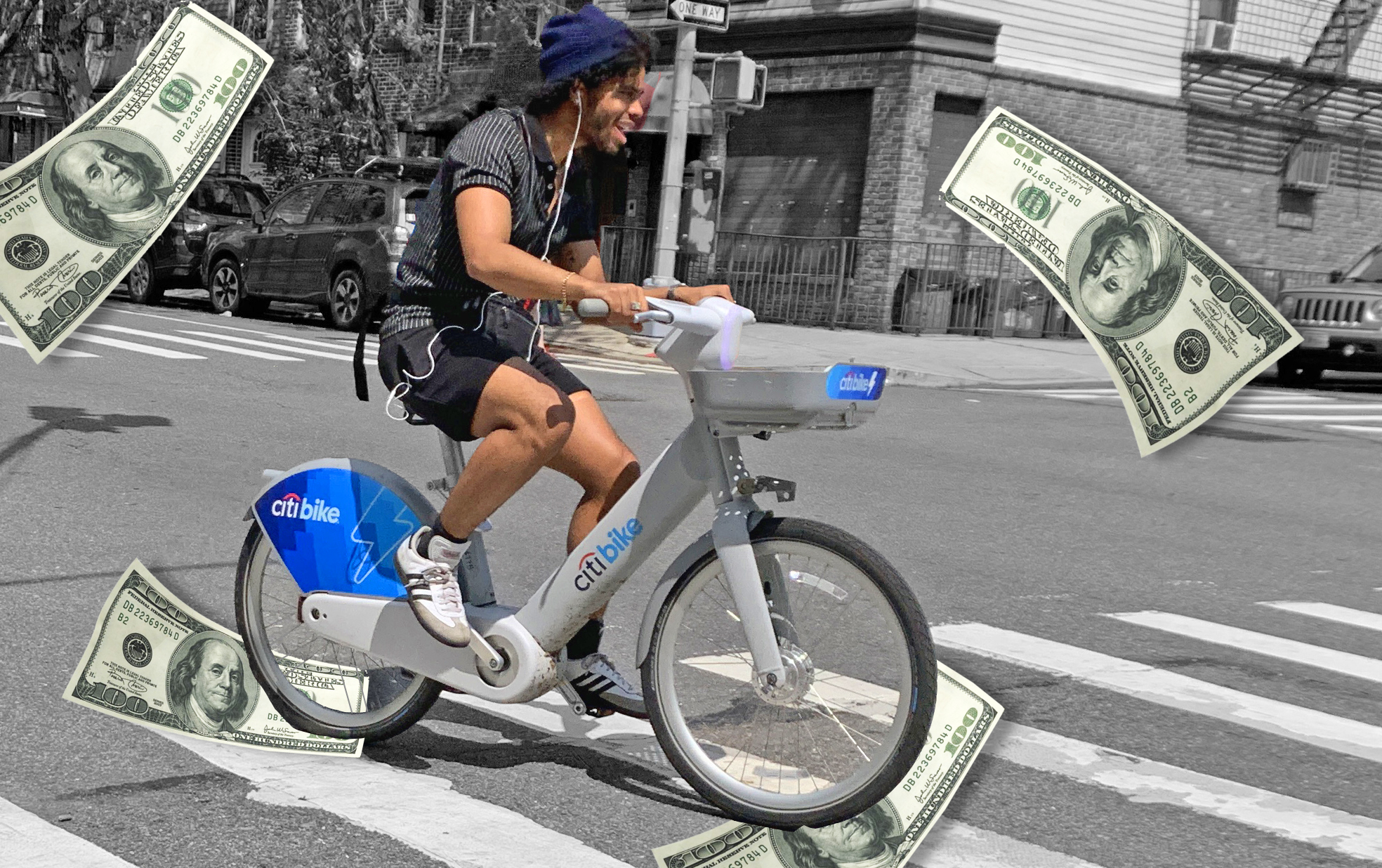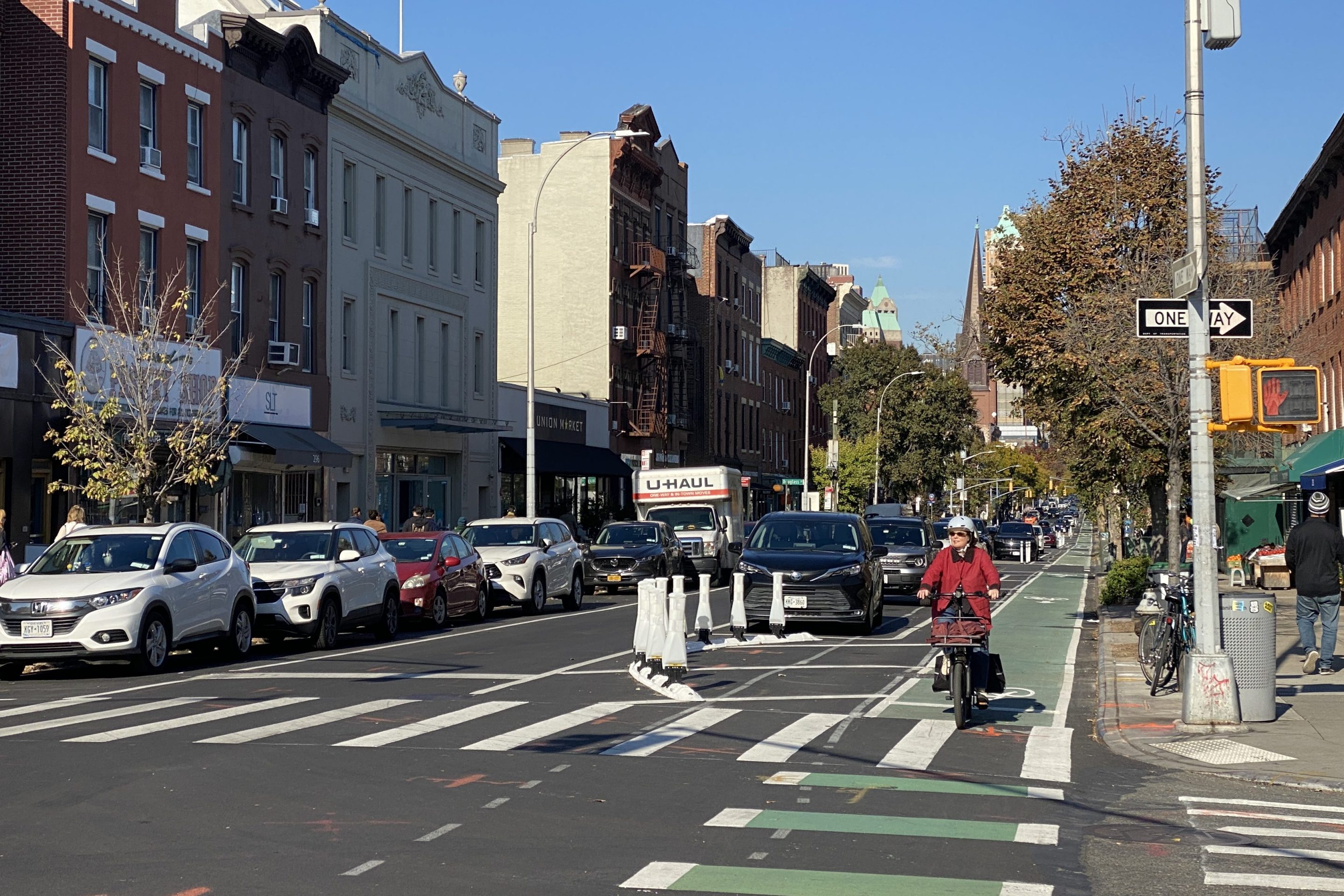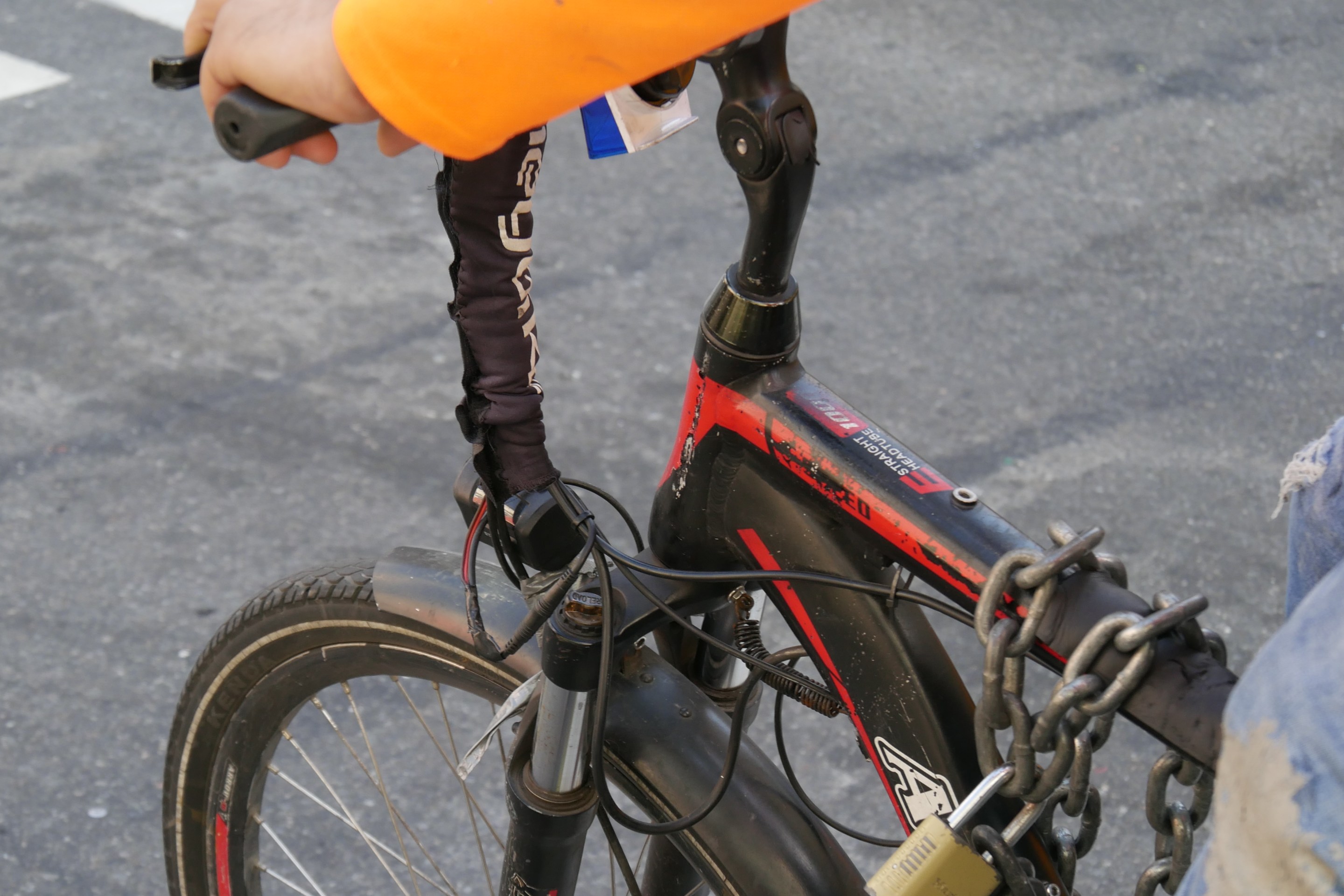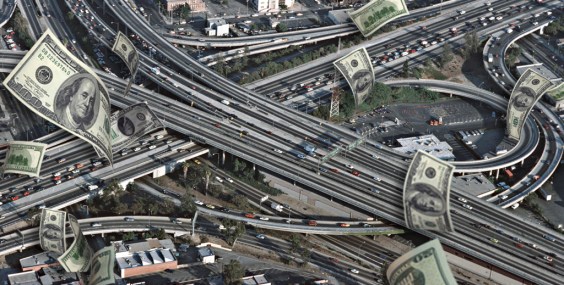 Like much of Manhattan, Streetsblog HQ nets a "Rider's Paradise" rating from Transit Score.
Like much of Manhattan, Streetsblog HQ nets a "Rider's Paradise" rating from Transit Score.One of the simplest and best tools for promoting walkable development has branched out into the full range of car-free transportation. Walk Score, the website which measures how many neighborhood amenities are within walking distance of a given location, has added a wealth of information about other forms of travel, including transit and cycling. The improved Walk Score provides a more complete sense of what is accessible from your apartment or workplace.
Like the original Walk Score tool, the Transit Score feature computes a rating based on a 100-point scale. It's available for locations in the more than 30 cities that have released their transit data for the program. A location gets points for being closer to transit stops. More frequent service counts more in the algorithm, as does rail service compared to bus transit.
A second tool allows you to enter two locations and see what your commute would look like across all modes. The data is the same as you'd find on Google Maps, but displayed in a side-by-side comparison that makes it easier to see the differences between modes. One bonus feature: a graph showing the change in elevation along your route in each mode, allowing you to see the hills you'd negotiate while walking or biking.
According to Walk Score's Chief Technology Officer Matt Lerner, those two tools will help users learn something fundamental about their prospective neighborhood: how they're likely to get around. It helps people answer the question, "If I move to this house, will I start driving everywhere, or will I get transit as an option?" he said.
Unfortunately, the transit option isn't fully integrated into the commute comparison tool. The site tells you which transit stops are close to your home or office, but not how long it'll take to travel between them.
Walk Score is also making use of the Center for Neighborhood Technology's Housing + Transportation Affordability Index, which helps show where you can really afford to live by taking into account transportation costs. CNT released its own web tool to show the data, Abogo, last week. Noting that many Walk Score visitors use the site to make real estate decisions, Lerner explained that the affordability index could push some people into less auto-dependent neighborhoods. "The suburban house that might have looked cheap doesn't look as cheap if you look at transportation costs," he said.
"Almost everybody knows how much it costs for their mortgage or their rent, but transportation costs are more complex and unbundled," added CNT research director Linda Young. The affordability index gives users at least a sense of the neighborhood's average spending on housing and transportation, all in one number.
Also in the works is a long-overdue fix to one problem with WalkScore's walkability measurements. Starting soon, WalkScore will measure distances by using real walking routes, not as-the-crow-flies distances. That means that something on the other side of a freeway won't be ranked as just next-door anymore, making the measurements much more accurate. Other measures of walkability, such as intersection density, will also be included.





